Whipped peaks form Zaha Hadid Architects’ Meixihu cultural centre
In Changsha, southern China, Zaha Hadid Architects’ Meixihu cultural centre design features three sculptural structures formed of sweeping organic curves housing a contemporary art museum and two theatres
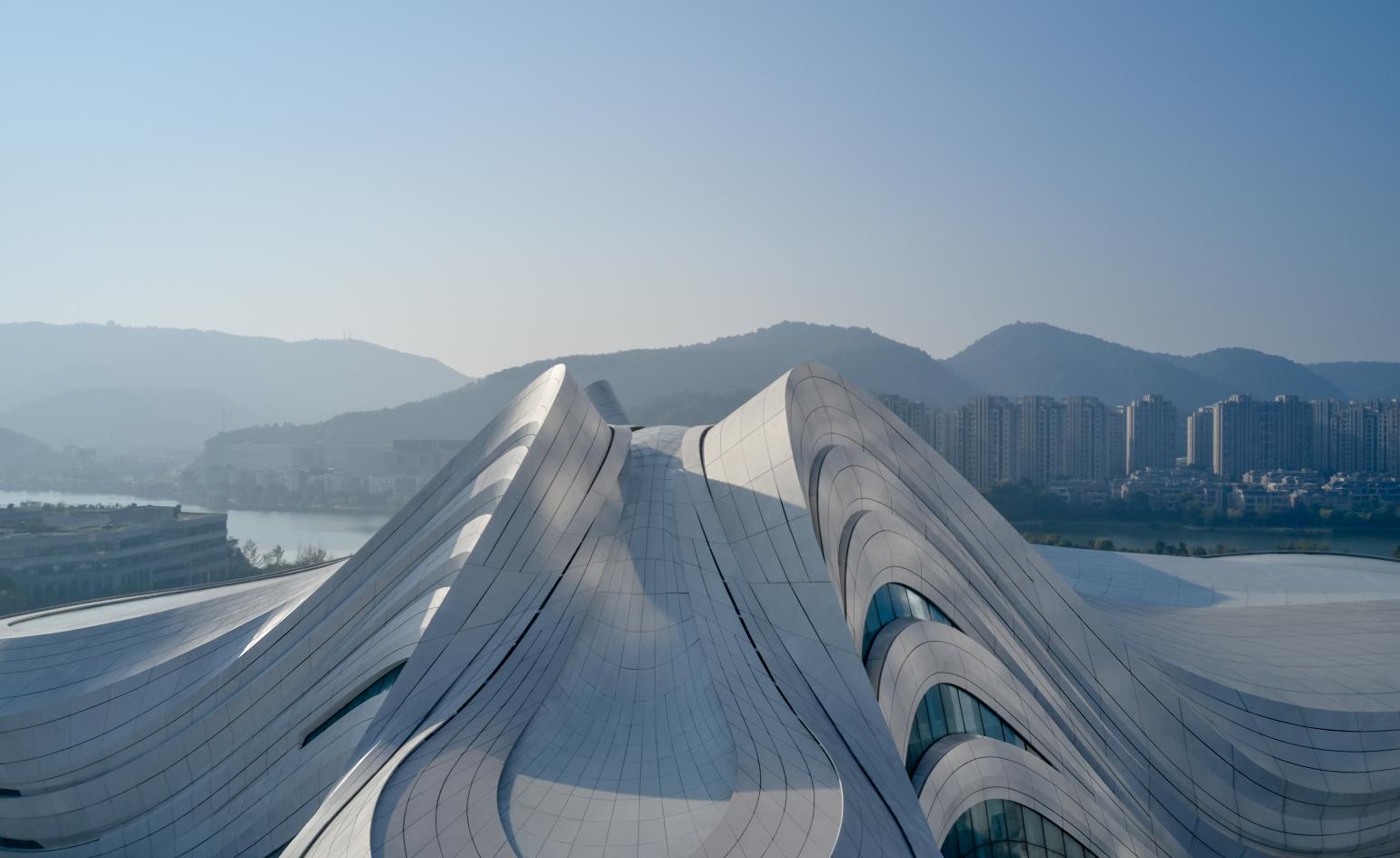
Juxtaposed with the Meixi Lake in the historic city of Changsha, southern China, are three distinct, white structures resembling flower petals when viewed from atop, and something of whipped cream when viewed from the side.
Standing out in the smoggy city landscape, these three alien structures comprise the recently completed Changsha Meixihu International Culture and Arts centre – one of the latest creations of Zaha Hadid Architects (ZHA). Spanning 115,000sq m, it is the largest and most versatile cultural centre in Hunan province, including in its span a contemporary art museum, a large theatre, and a small theatre each with slightly different aesthetics.
Opened to the public on 30 November, the contemporary art museum, MICA, was the final structure to be completed in the 8-year-long project. Within the eight exhibition halls, that total 10,000sq m of space, MICA is holding its first exhibition by MOTSE, a team of 40 Shenzhen-based artists, scientists and musicians using interactive devices and new media to explore contemporary culture.
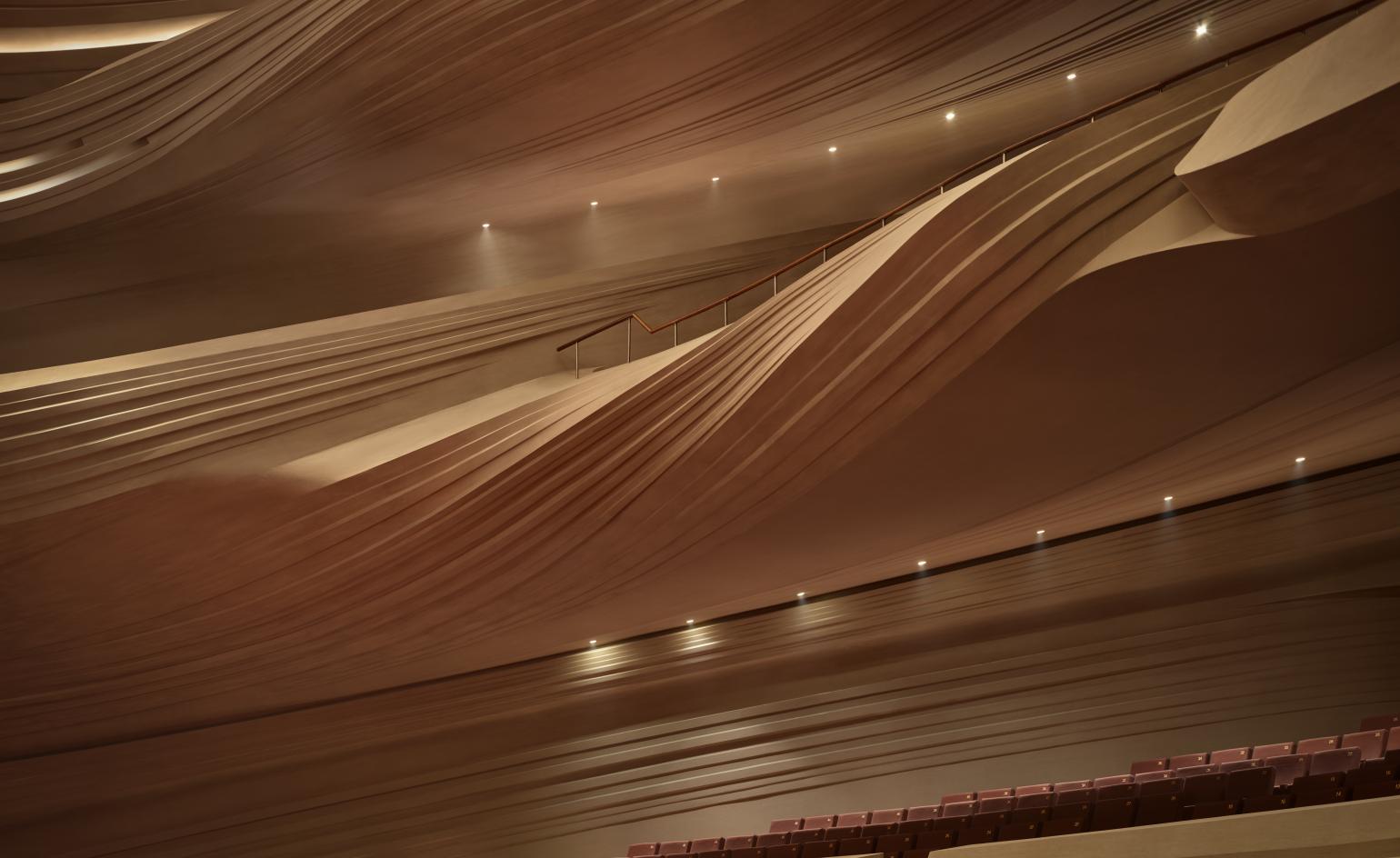
Interior of the Grand Theatre at Meixihu
MICA’s architectural climax is the large atrium with its boomerang-shaped window sweeping across the ceiling. The light-soaked space has been designed to host installations and events and direct visitors towards the workshop space, lecture theatre, café and museum shop.
Adjacent to the museum is the 1,800-seat Grand Theatre, a versatile space with a wood clad interior and flowing cream-coloured ceiling that swirls upwards like a sandstorm. In the third building, flexibility is also key to the design of the smaller theatre – its 500-seat multipurpose hall can be transformed into multiple configurations to host plays, fashion shows, music performances, banquets and commercial events.
The three civic institutions complement each other with different opening times throughout the day, much like their organic architecture signified by fluidity and curves – a uniquely Zaha Hadid design.
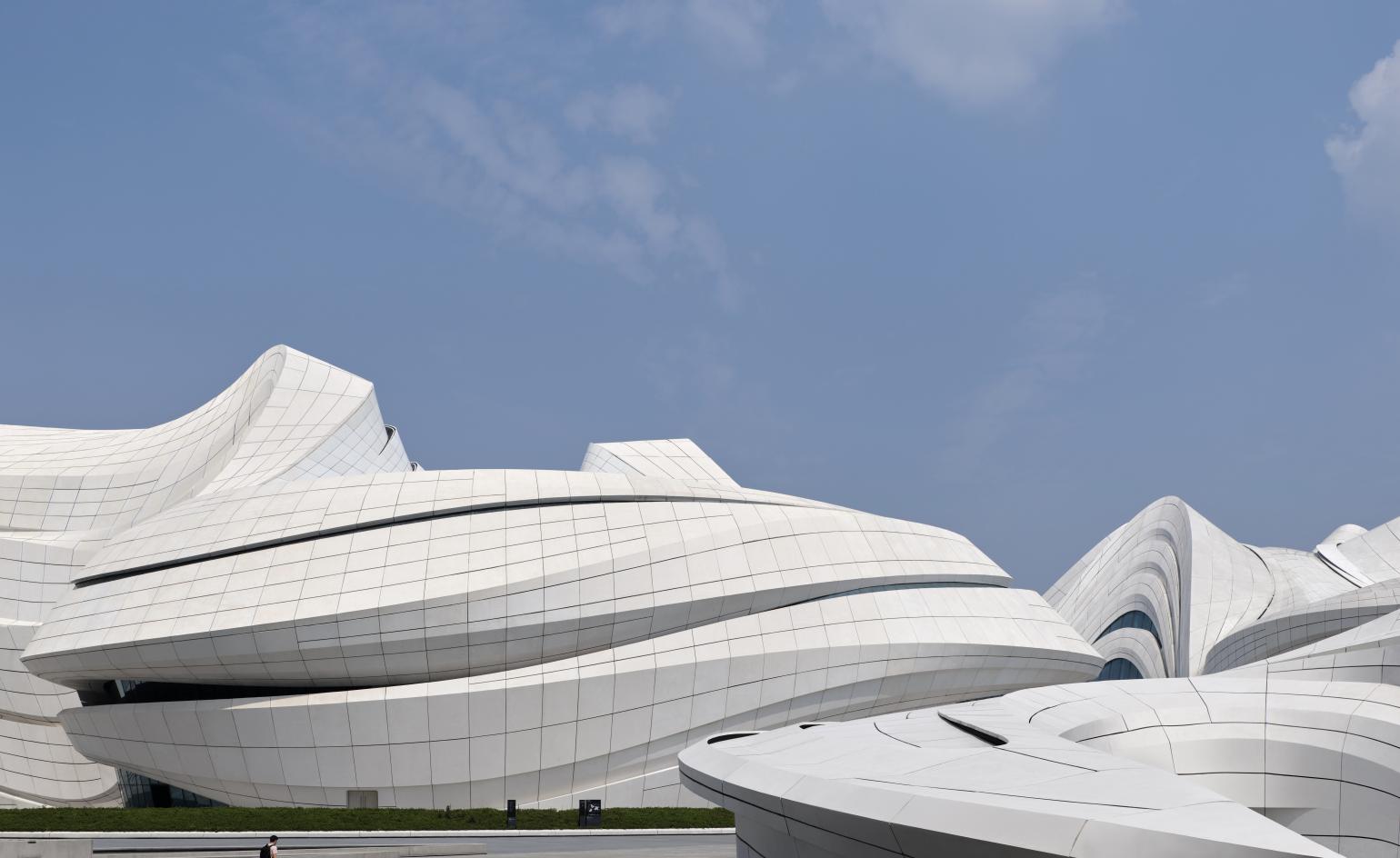
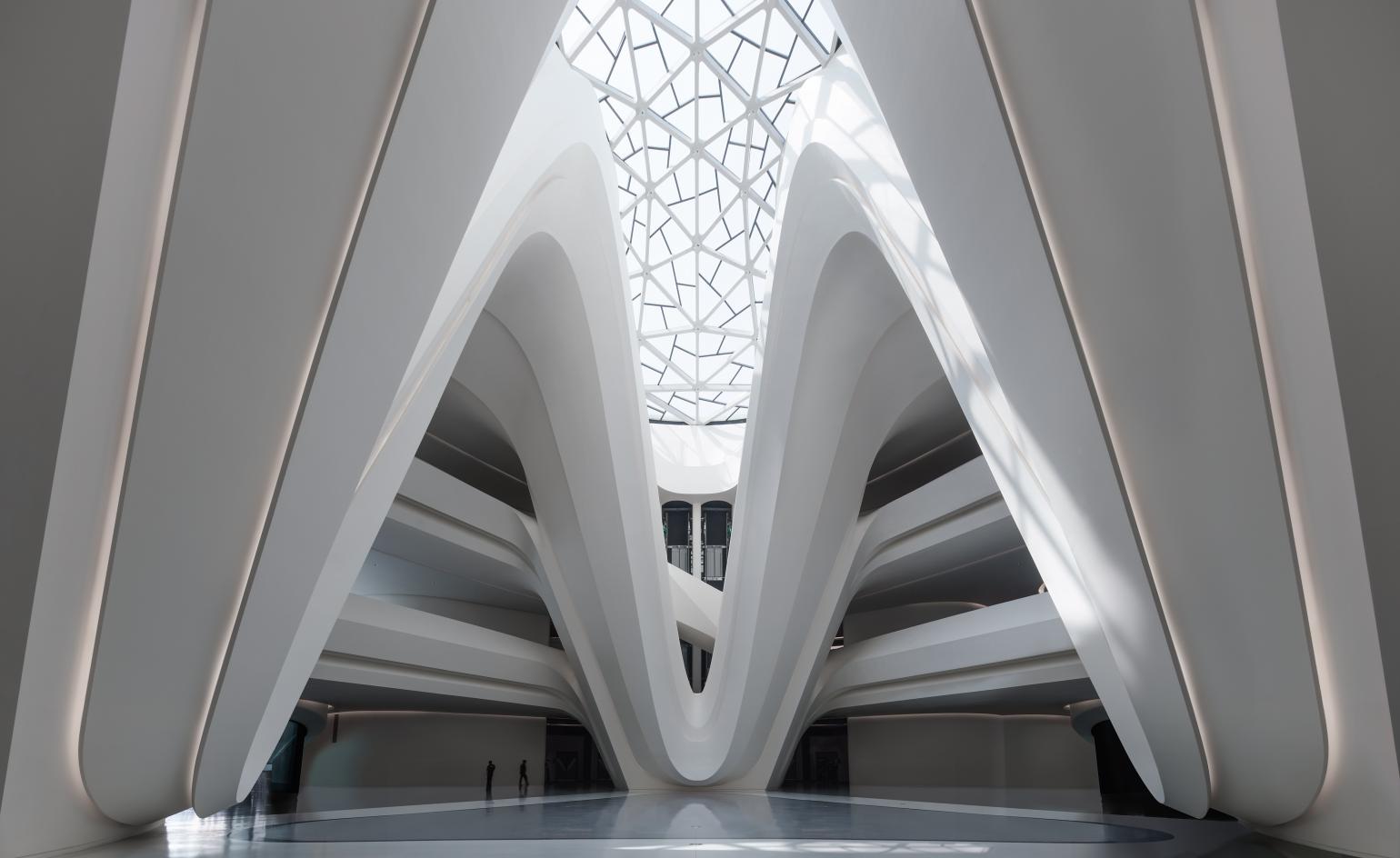
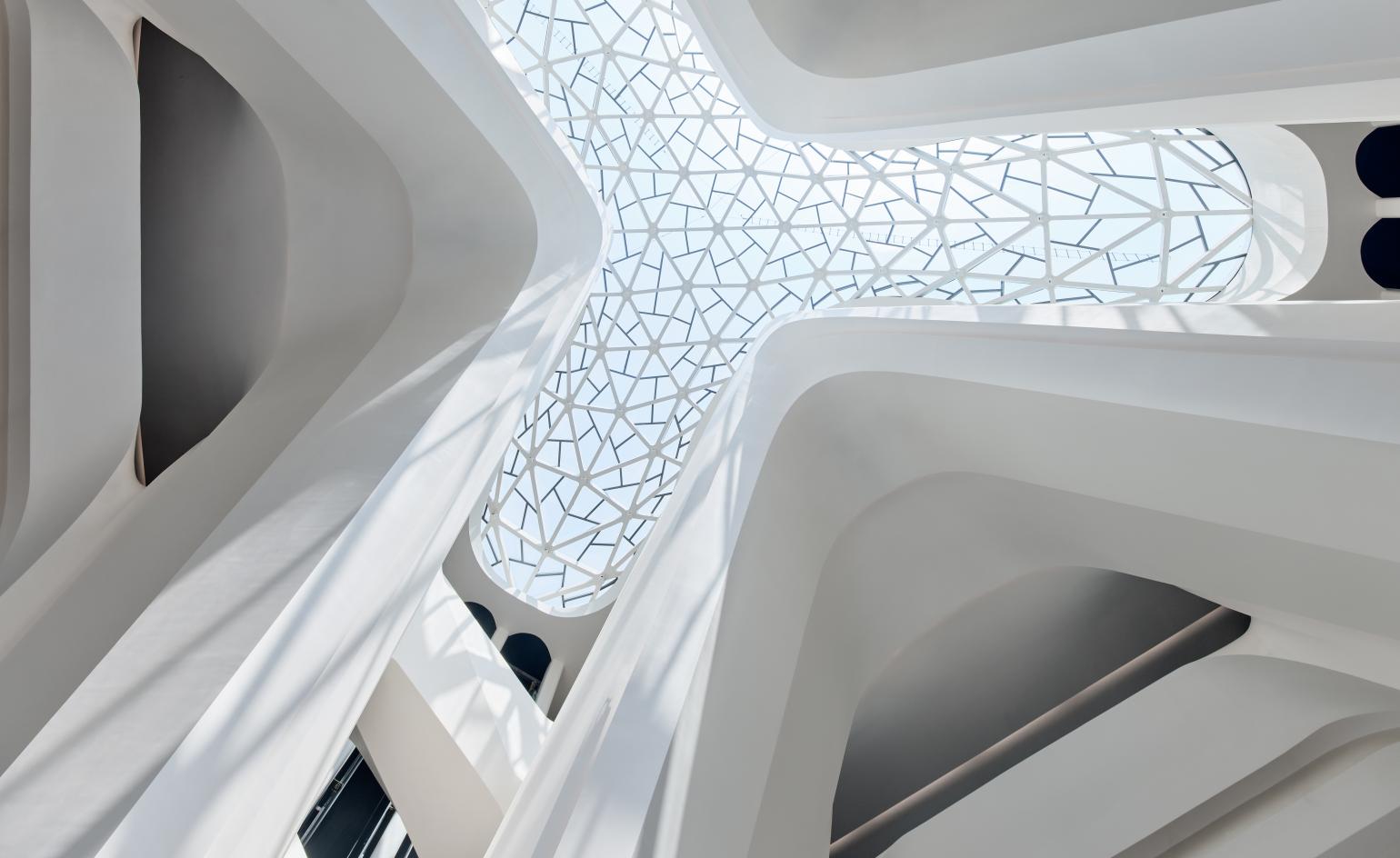
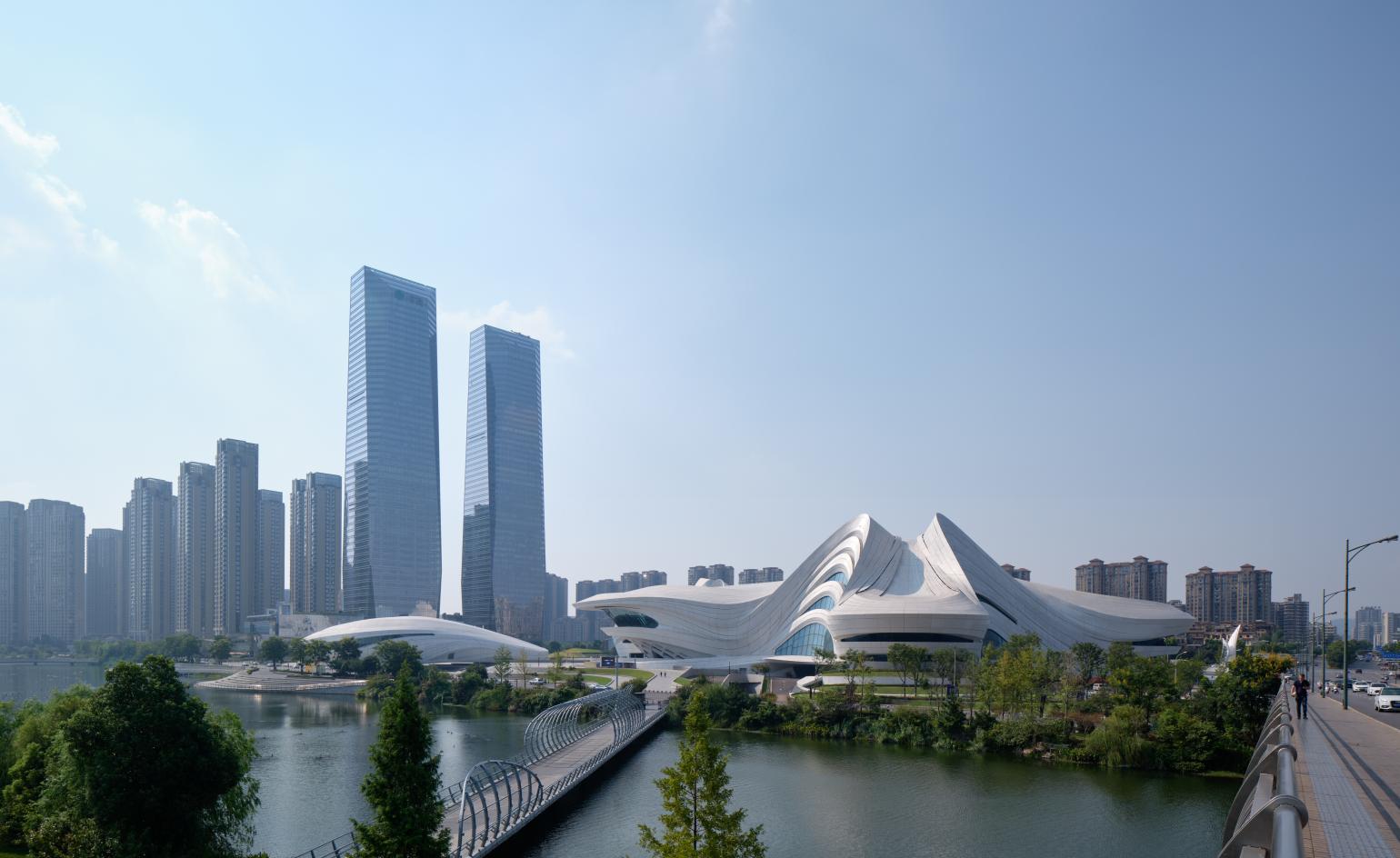
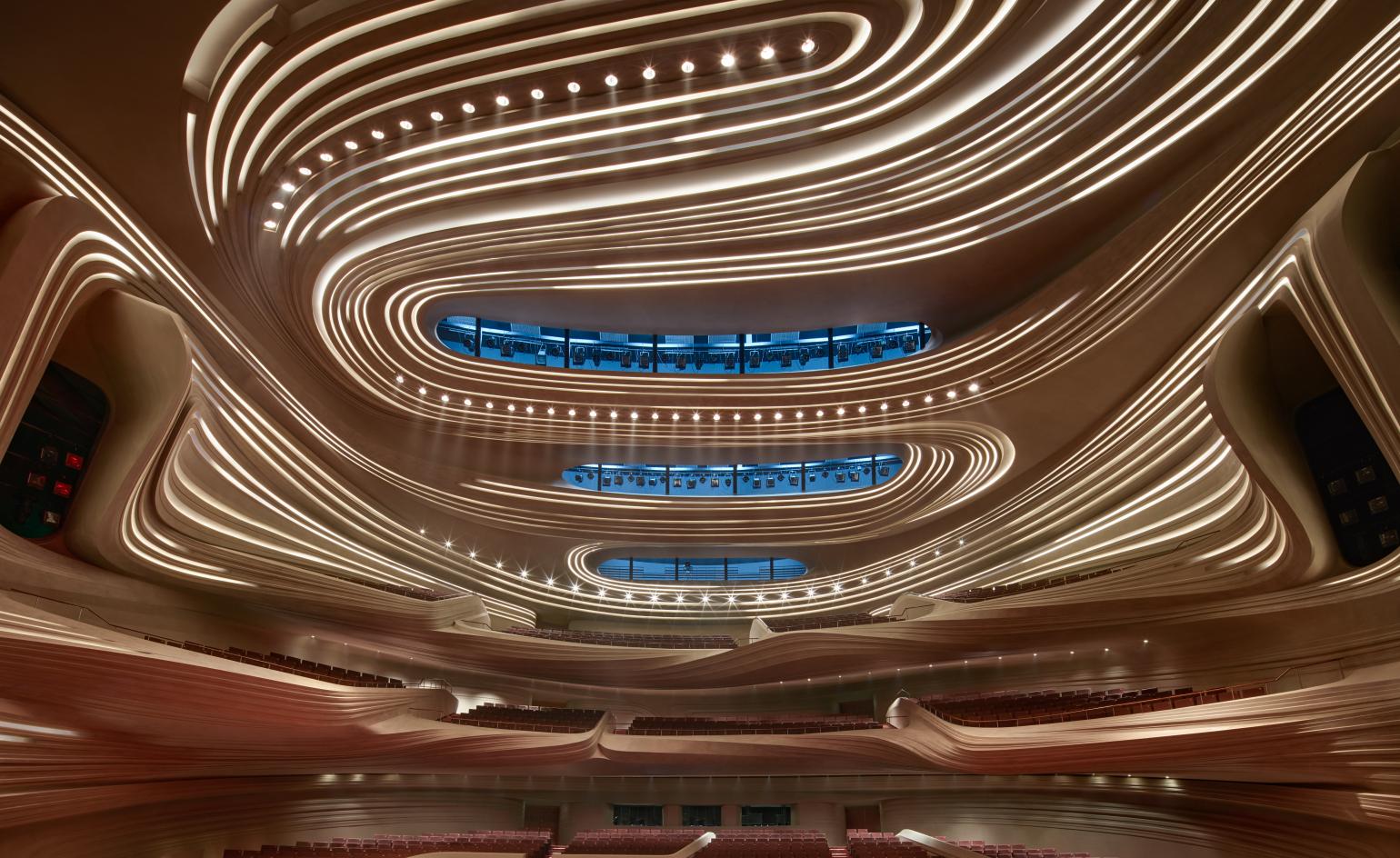
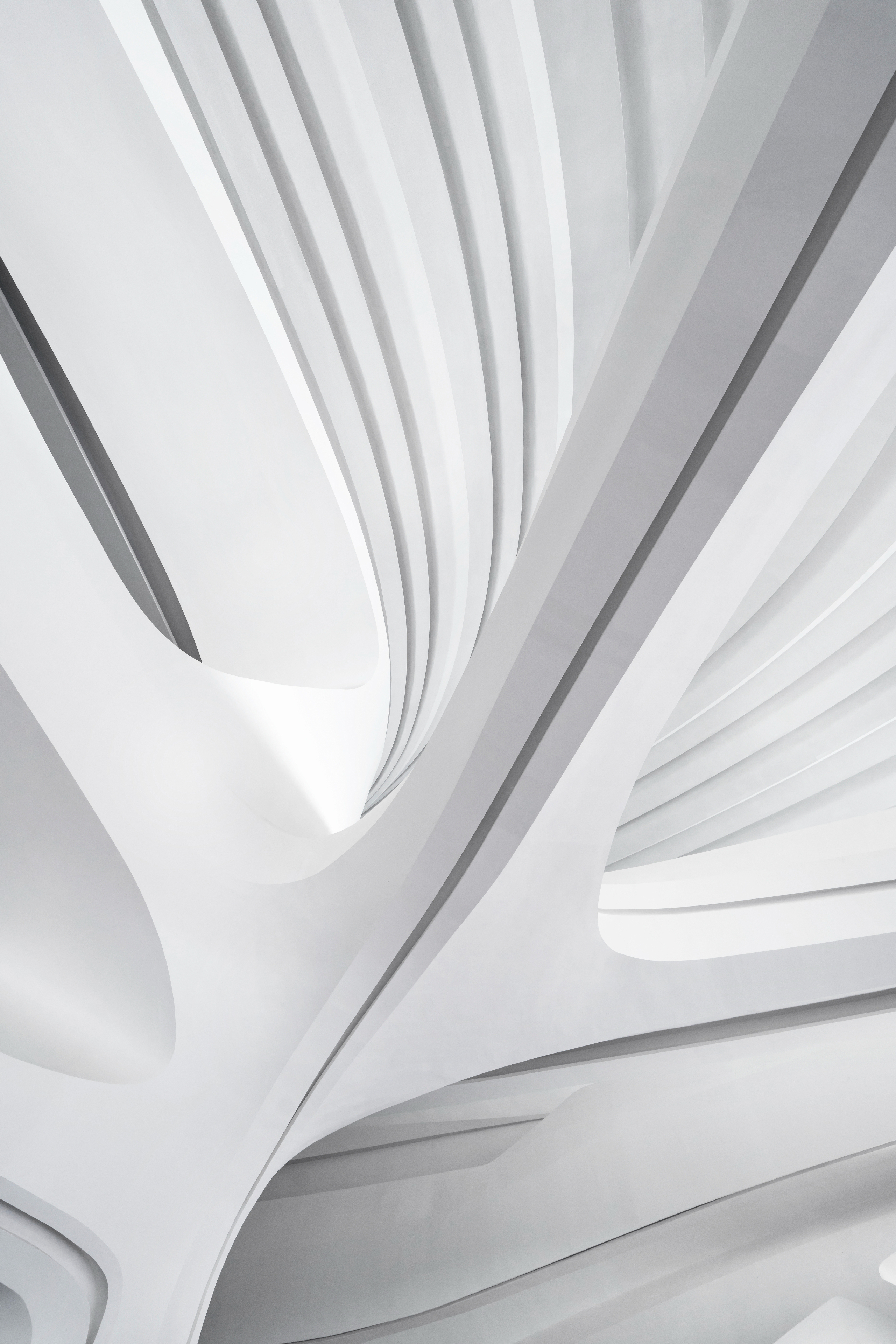
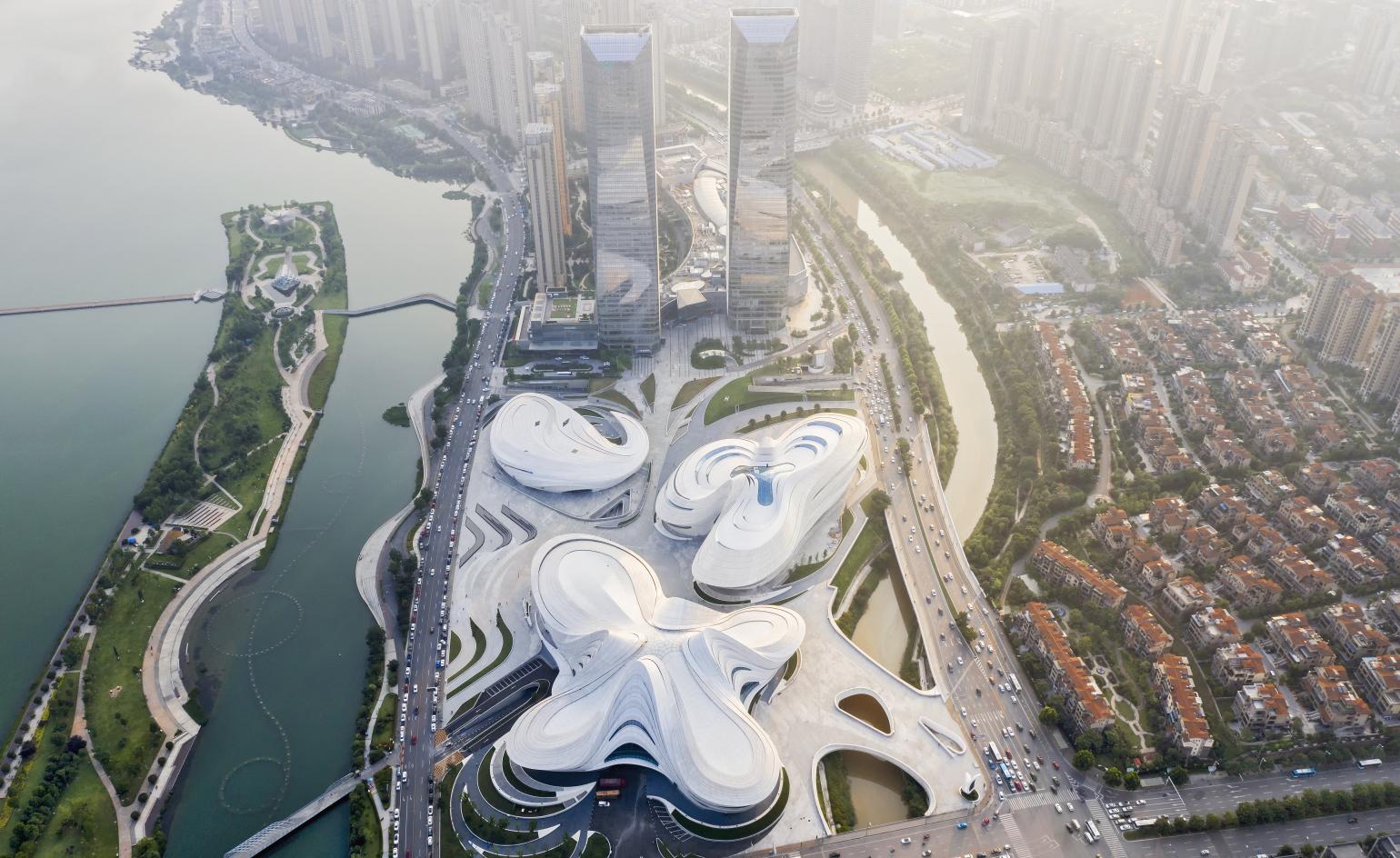
INFORMATION
Wallpaper* Newsletter
Receive our daily digest of inspiration, escapism and design stories from around the world direct to your inbox.
-
 Marylebone restaurant Nina turns up the volume on Italian dining
Marylebone restaurant Nina turns up the volume on Italian diningAt Nina, don’t expect a view of the Amalfi Coast. Do expect pasta, leopard print and industrial chic
By Sofia de la Cruz
-
 Tour the wonderful homes of ‘Casa Mexicana’, an ode to residential architecture in Mexico
Tour the wonderful homes of ‘Casa Mexicana’, an ode to residential architecture in Mexico‘Casa Mexicana’ is a new book celebrating the country’s residential architecture, highlighting its influence across the world
By Ellie Stathaki
-
 Jonathan Anderson is heading to Dior Men
Jonathan Anderson is heading to Dior MenAfter months of speculation, it has been confirmed this morning that Jonathan Anderson, who left Loewe earlier this year, is the successor to Kim Jones at Dior Men
By Jack Moss
-
 A Xingfa cement factory’s reimagining breathes new life into an abandoned industrial site
A Xingfa cement factory’s reimagining breathes new life into an abandoned industrial siteWe tour the Xingfa cement factory in China, where a redesign by landscape architecture firm SWA completely transforms an old industrial site into a lush park
By Daven Wu
-
 The Yale Center for British Art, Louis Kahn’s final project, glows anew after a two-year closure
The Yale Center for British Art, Louis Kahn’s final project, glows anew after a two-year closureAfter years of restoration, a modernist jewel and a treasure trove of British artwork can be seen in a whole new light
By Anna Fixsen
-
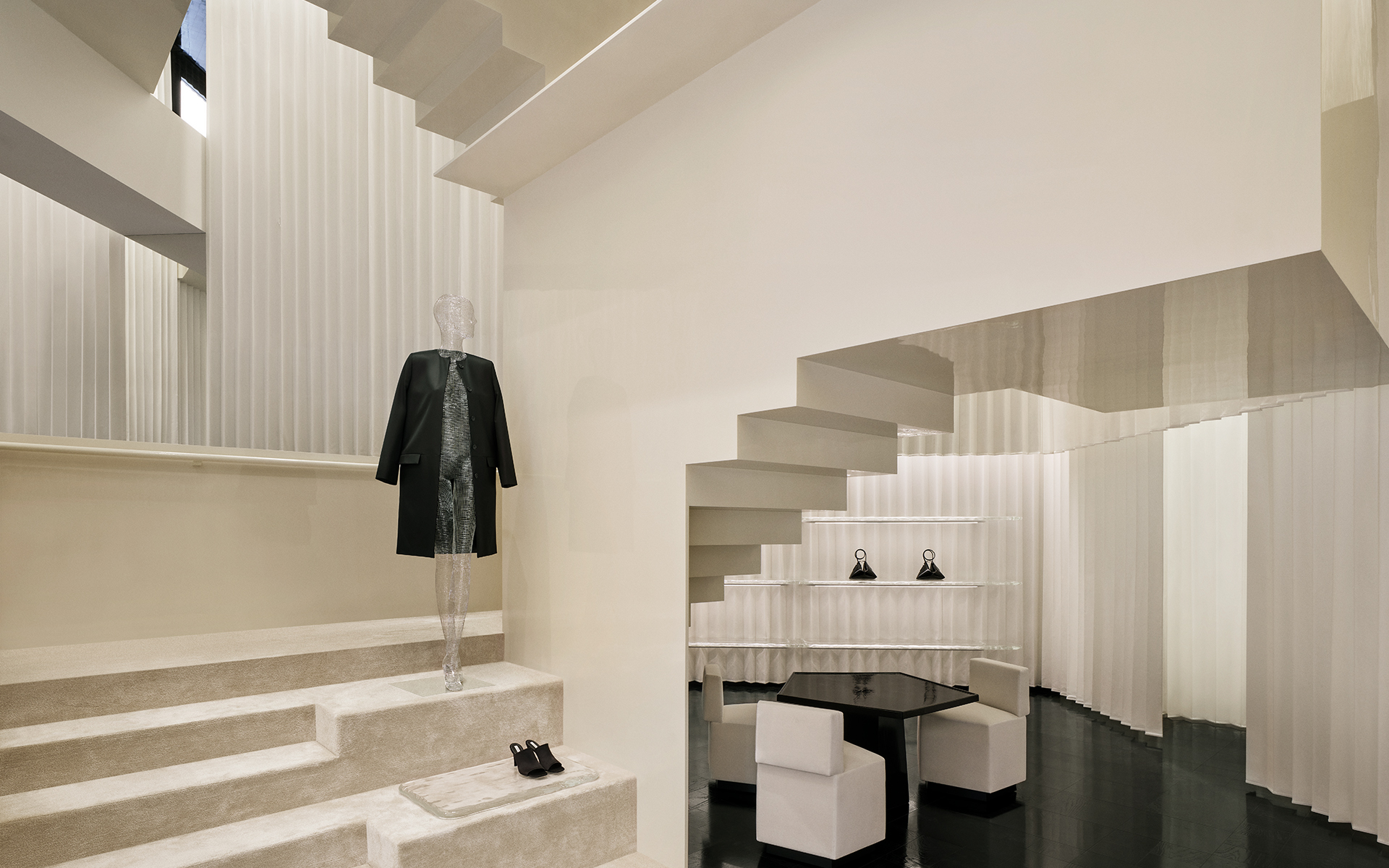 Bold, geometric minimalism rules at Toteme’s new store by Herzog & de Meuron in China
Bold, geometric minimalism rules at Toteme’s new store by Herzog & de Meuron in ChinaToteme launches a bold, monochromatic new store in Beijing – the brand’s first in China – created by Swiss architecture masters Herzog & de Meuron
By Ellie Stathaki
-
 The upcoming Zaha Hadid Architects projects set to transform the horizon
The upcoming Zaha Hadid Architects projects set to transform the horizonA peek at Zaha Hadid Architects’ future projects, which will comprise some of the most innovative and intriguing structures in the world
By Anna Solomon
-
 You’ll soon be able to get a sneak peek inside Peter Zumthor’s LACMA expansion
You’ll soon be able to get a sneak peek inside Peter Zumthor’s LACMA expansionBut you’ll still have to wait another year for the grand opening
By Anna Fixsen
-
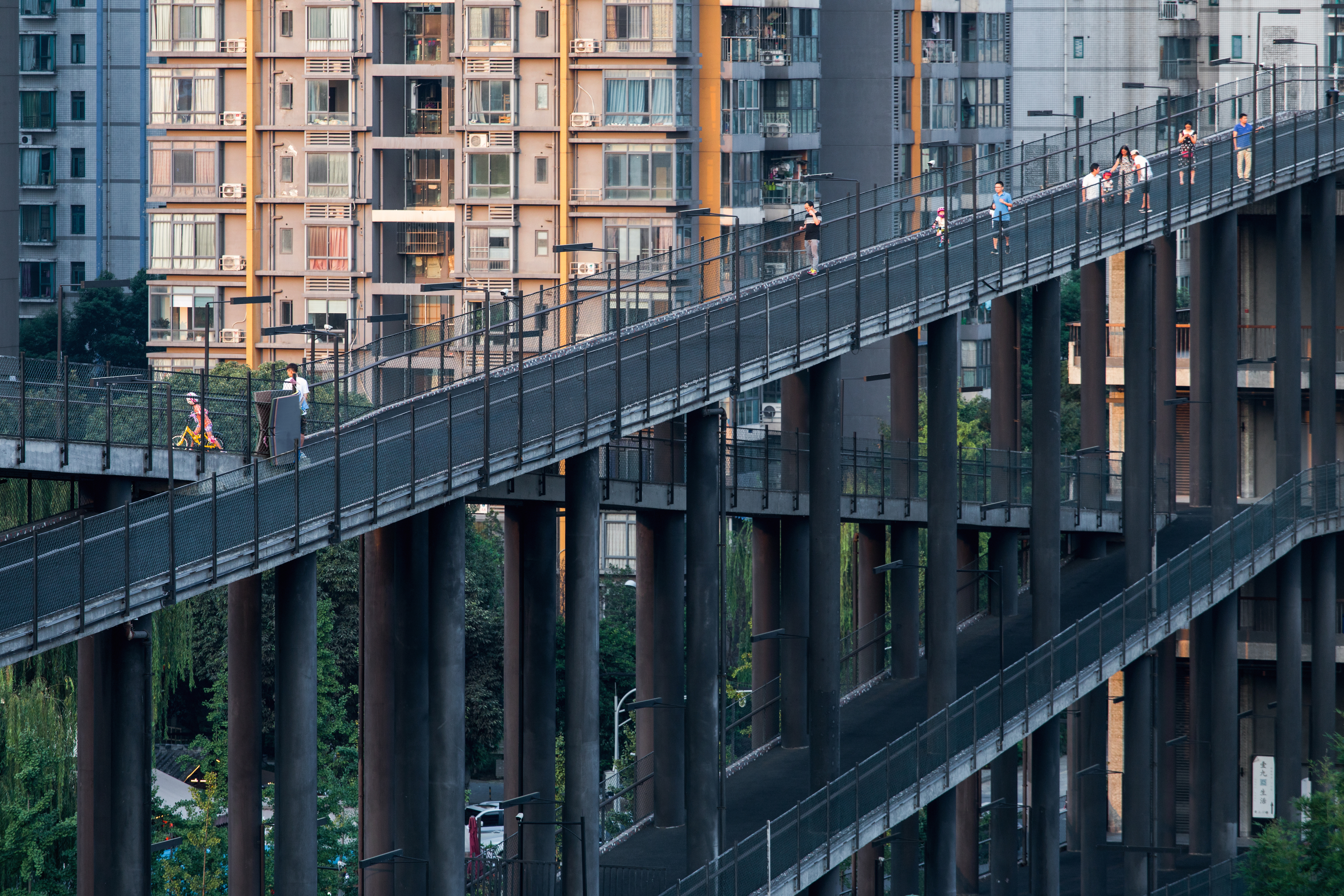 Liu Jiakun wins 2025 Pritzker Architecture Prize: explore the Chinese architect's work
Liu Jiakun wins 2025 Pritzker Architecture Prize: explore the Chinese architect's workLiu Jiakun, 2025 Pritzker Architecture Prize Laureate, is celebrated for his 'deep coherence', quality and transcendent architecture
By Ellie Stathaki
-
 NYC's The New Museum announces an OMA-designed extension
NYC's The New Museum announces an OMA-designed extensionOMA partners including Rem Koolhas and Shohei Shigematsu are designing a new building for Manhattan's only dedicated contemporary art museum
By Anna Solomon
-
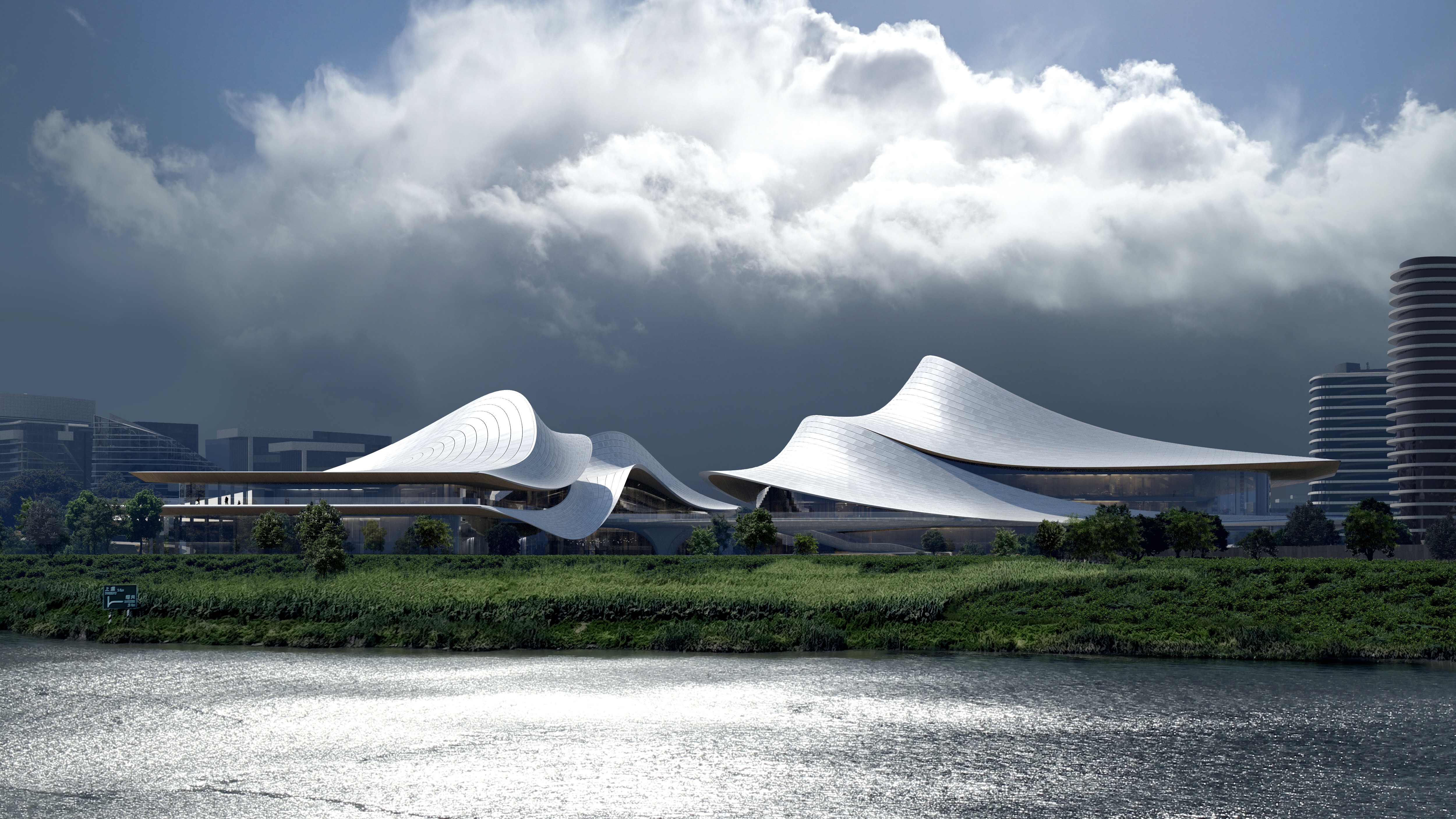 Zaha Hadid Architects reveals plans for a futuristic project in Shaoxing, China
Zaha Hadid Architects reveals plans for a futuristic project in Shaoxing, ChinaThe cultural and arts centre looks breathtakingly modern, but takes cues from the ancient history of Shaoxing
By Anna Solomon